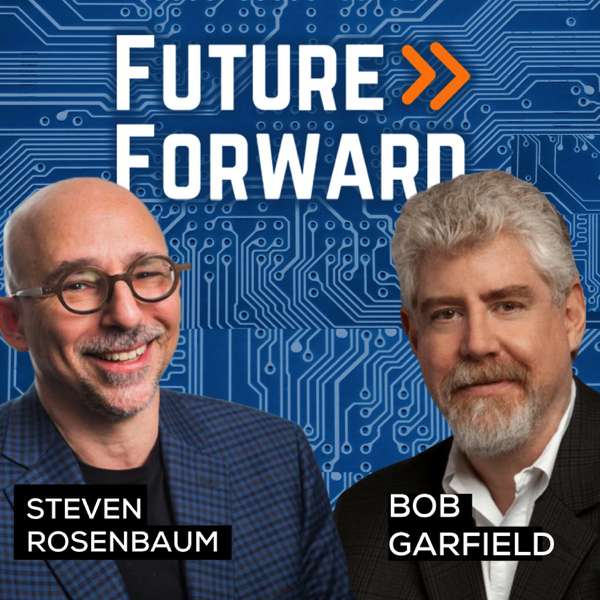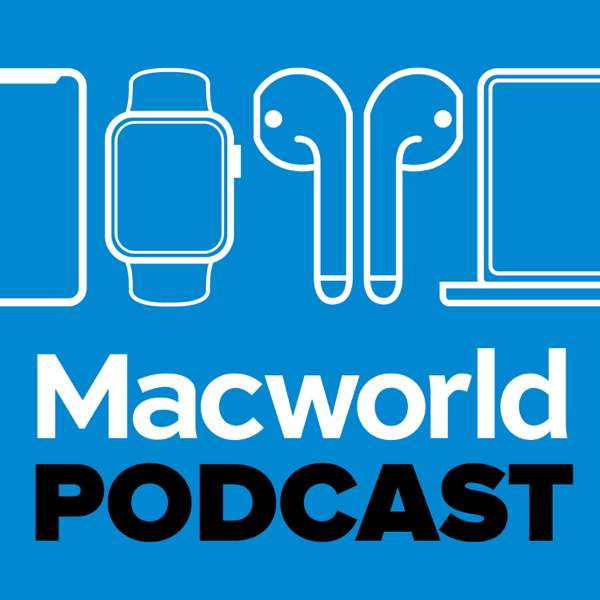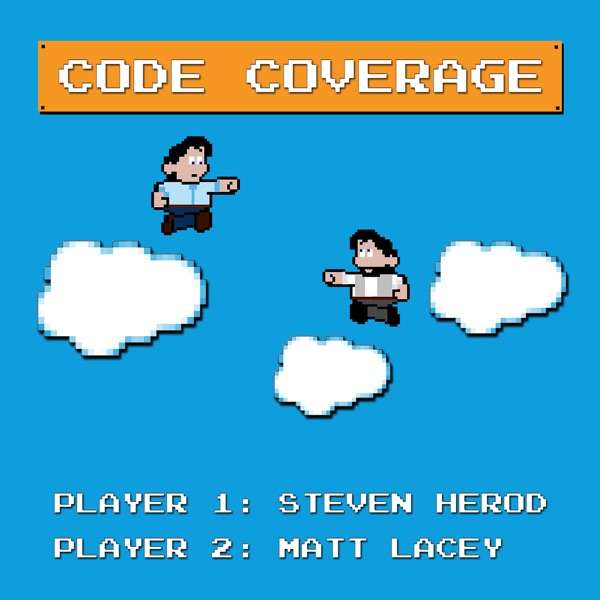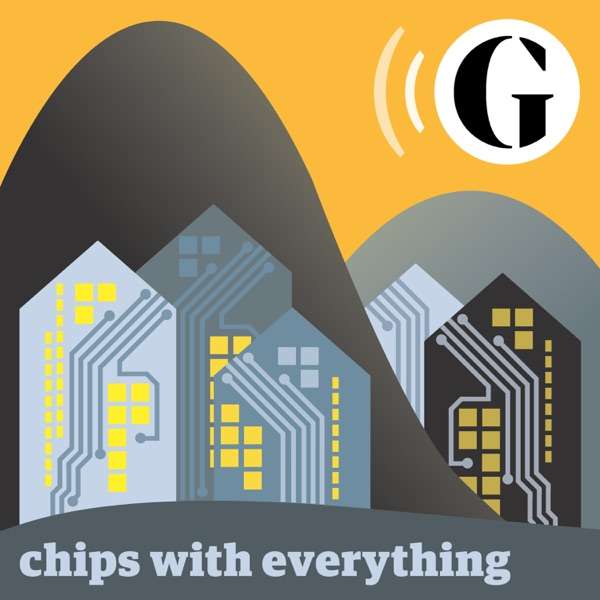The Unreal gaming engine launched in 1998. It was a fun time. It was like, “Oh my God, we can build our own games and gaming maps!” But those earlier in the gaming cycle thought there was a better alternative already on the market: the launch of Quake in 1996. Royal O’Brien, currently GM of Digital Media and Games at the Linux Foundation was one of those.
Royal O'Brien: Starting with the Quake Gaming Engine
I didn't start writing Unreal mods until probably 2001, 2002. Until then I was writing Quake One, Quake Two, Quake, Three mods all over the place. Unreal Tournament, that wasn't the cool engine. Everybody was on the Quake engine. We were building mods left and right for the Quake engine.
As a matter of fact, gosh, 98. I mean, you're talking that's Quake Two land because Quake Three was coming out, I think was 99. We started writing mods in Quake One and Quake Two. Writing mods in Quake Two was really the way to go.
So The key about Unreal Tournament was it didn't have a limited palette. It had better fidelity of color is what it was. But it wasn't as performant but it had all of this potential and it did things differently than the way we did it in Quake. In Quake you had to create a sealed container.
You had to build a box that was sealed because when you went to do the vis lighting on it if anything escaped, it would draw rays. And if one of the rays got out your level, it didn't compile. That's the way it worked. Unreal was different. It was a solid chunk and you carved out your level from it.
For Royal O’Brien, before there was Quake, before there was Unreal, instead of graduating from high school there was military service and a G.E.D.. He was able to get his Microsoft Certified Systems Engineer (MCSE) certification within a matter of weeks, instead of a matter of months. This idea of not adhering to a formal education, the learning cycle of being self-taught and applying that to real-word experience, has been the core of his growth within the open source community.

 Our TOPPODCAST Picks
Our TOPPODCAST Picks  Stay Connected
Stay Connected







